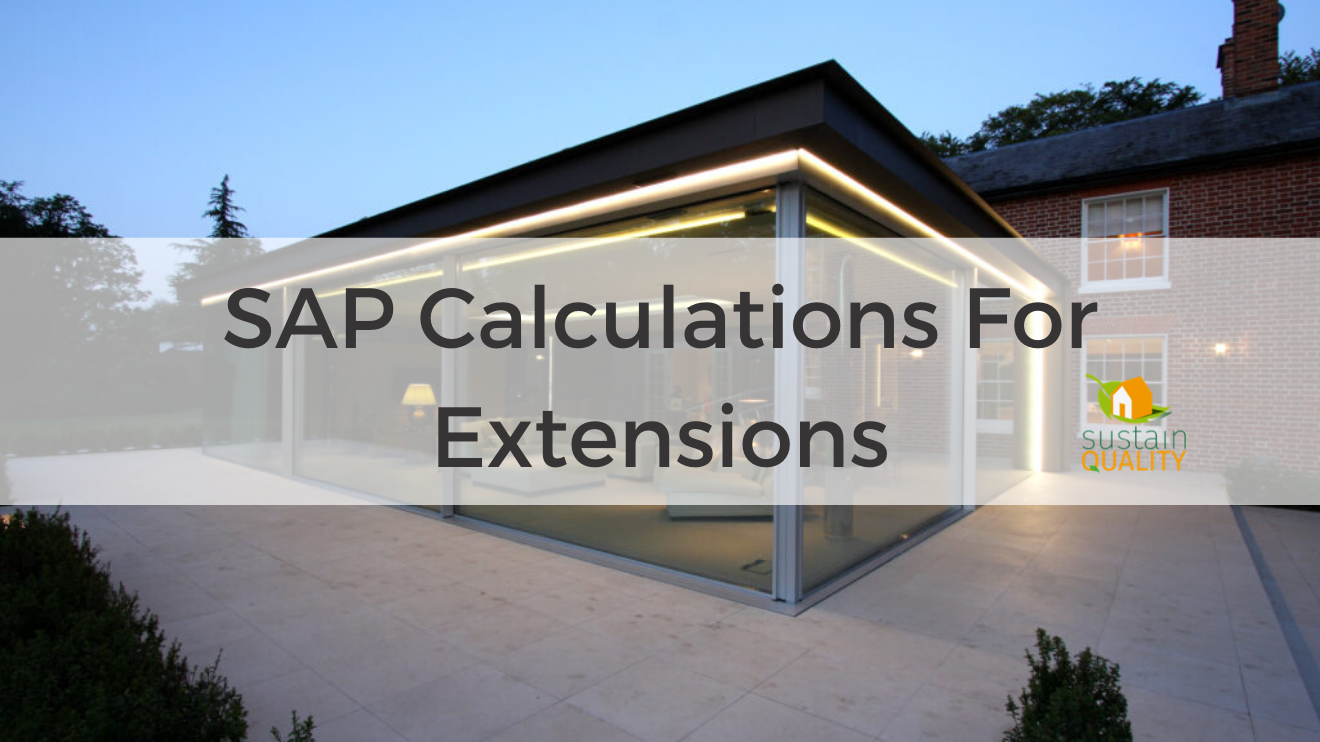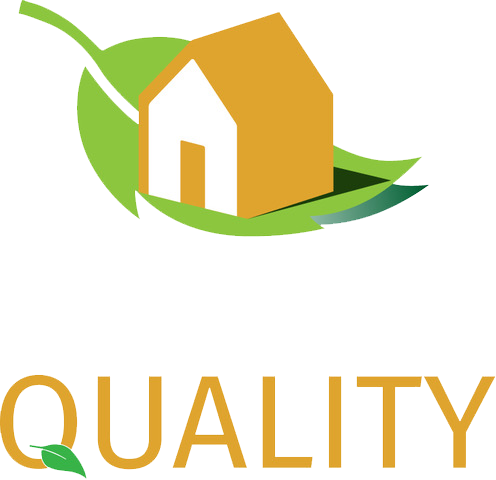In some instances, an extension will require an SAP calculation. However, this won’t apply to all extensions. This post aims to highlight when your extension would need a SAP calculation and what’s involved in the process, should your extension require one.
When Do House Extensions Need SAP Calculations?
This is a source of great confusion amongst homeowners and builders. The defining factor of whether your house extension needs a SAP calculation lies within the amount of glazing that your extension has.
The glazing area of an extension should be no more than 25% of the new floor area.
Of course, one of the main reasons why many homeowners choose to have an extension is to let more light into their homes. Therefore, many extension designs will propose glazing that is more than 25% of the new floor area, meaning that a SAP calculation is necessary.
Notional Reports Vs Proposed Reports
If you’re planning a highly-glazed extension, Part L1B of the Building Regulations allows for a more ‘flexible approach’ of the comparison of two reports. They are:
The Notional Report: A SAP calculation is made on the existing house with an extension attached to it, which is built to the exact specification of the Building Regulations. This includes exact U values (thermal insulation level) and an area of glazing capped at the 25% allowance. This is called the Notional Extension.
The Proposed Report: A SAP calculation is then produced for the house and extension as they will actually be built. This can include upgrading elements within the existing house or over-compensating in other elements of the extension.
The comparison: The SAP calculations should prove that the CO2 from the house and the extension that will be build (proposed report) is no higher than the CO2 from the house and notional extension (notional report).
Positive Impact of an Extension: Ways to achieve a pass
Larger areas of glazing can result in increased solar gains during the winter months. As solar gains provide natural warming to the house, there would be less of a need to turn the heating on, resulting in lower CO2 emissions in the Proposed Report when compared to the Notional Report.
Other small alterations and upgrades could be included, such as adding extra roll of insulation to the loft or replacing an older style boiler to a newer, more efficient model.
Additionally, a pass can be achieved by increasing the proposed level of insulation within the extension or installing more efficient glazing.
Other SAP Considerations for Extensions
When planning an extension, we recommend that you remember the following key points:
- If you’re replacing an existing structure, it cannot just be ‘like-for-like’. They will need to comply with current regulations, including walls, electrics and plumbing.
- Any upgrade of existing elements must be to the minimum standard of the Building Regulations.
- Including the SAP calculations at the very start of the design process for any highly-glazed extension will save you time and money.
What Does the SAP Assessor Need?
In order to carry out a full SAP L1b assessment, we would need the following two things:
- A set of existing or proposed plans-to scale
- A summary of the intended construction and services details
When we have these two things, the work can then be carried out with a desktop assessment. We don’t need to come to site or carry out any surveys.
Conclusion
If you’re carrying out a highly glazed extension to an existing property, don’t hesitate to get in touch with an expert today.
As specialists in all energy assessments, our experts can share our knowledge and experience with you, the homeowner or builder. By working alongside you in the design stage of the project, we can interpret your designs and specification, providing you with the most effective solution in order to gain compliance with Building Regulations, Part L.
For more information, call 01372 438 039 or fill out the form below and an expert will be in touch to deal with your request.
Want to find out more? Fill in the form below and an expert will be in touch soon!
About Us
We are a friendly team of Engineers delivering Sustainability and Building Compliance Solutions for developments in the Commercial and Residential sectors, which include Energy Statements, Noise Impact and Vibration Assessments, BREEAM Assessments, and Air Quality Assessments in the Environmental, Social and Governance sectors.
Contact us at:
Sustain Quality Ltd
PO Box 393
COBHAM
KT11 3EL
info@sustainquality.co.uk
01372 438039






